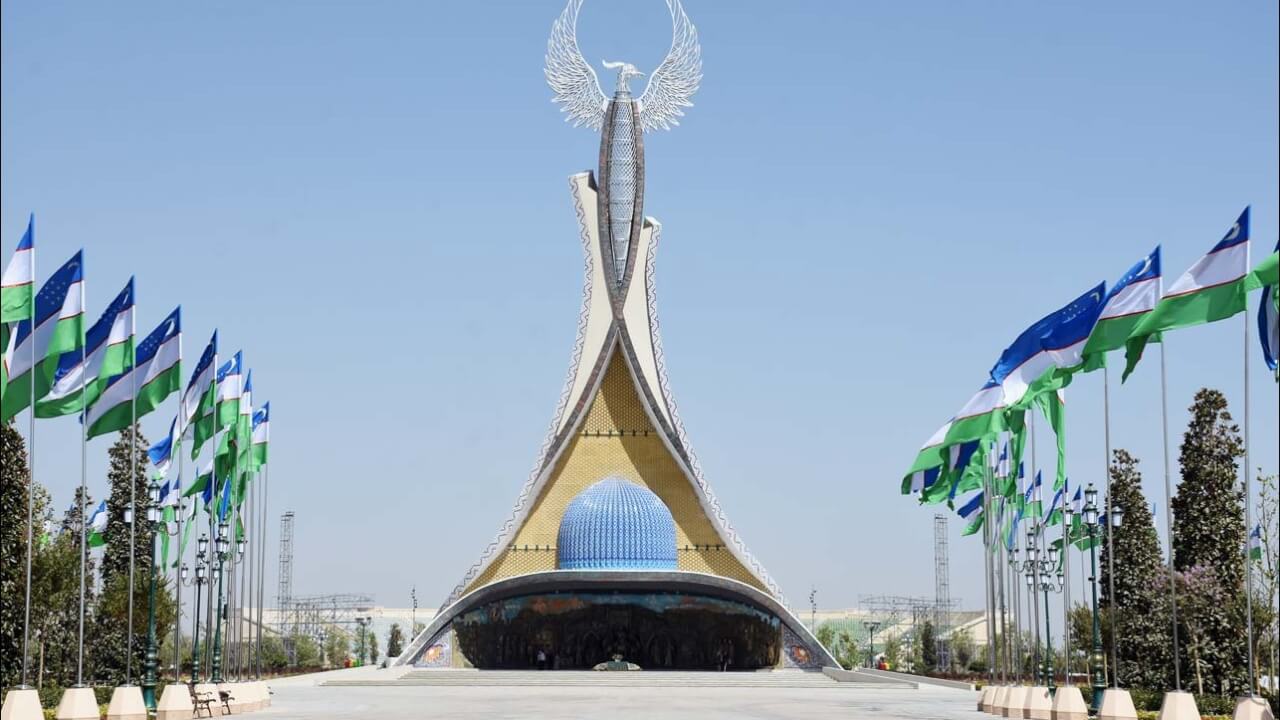
The international credit rating agency Standard & Poor’s (S&P) in its recently published report maintained Uzbekistan's sovereign credit rating at "BB-", but for the first time raised its outlook from "stable" to "positive". This indicates the initiation of economic reforms and development processes in Uzbekistan, as well as strengthening international financial institutions’ confidence in our country's economy.
The report specifically highlights significant reforms in the energy sector and tariff increases. Starting from October 2023, electricity and gas tariffs began to be gradually increased, with the aim of bringing energy prices to full cost recovery levels by 2027. Through subsidy cuts, favorable gold prices, and nominal GDP growth, the state budget deficit is expected to decrease to an average of 3% in 2025-2028. This plays a vital role in ensuring the state's financial stability.
However, Uzbekistan’s attraction of large external borrowings for implementing development plans may lead to an increase in public debt. The state and state-guaranteed debt is projected to reach around 40% of GDP by 2027. This is due to major investment projects and the rapid expansion of public-private partnerships.
According to the S&P report, the average economic growth in Uzbekistan during 2025-2028 will be around 5.6%. The main reasons for this growth include economic reforms, increased inflows of foreign investment, and enhancing export potential. Plans involve increasing the production of copper, gold, silver, and uranium to expand export opportunities.
The country also has large-scale plans for diversifying its energy sector. For example, Saudi Arabia's ACWA Power will invest $7.5 billion into electricity generation in Uzbekistan by 2030. Currently, around 20% of Uzbekistan’s energy consumption comes from renewable sources, which is planned to reach 40% by 2030.
Despite economic growth, Uzbekistan's GDP per capita remains low by global standards, projected at $3,300 by 2025. The country possesses positive demographic indicators, with nearly 90% of the population in working age. However, there are concerns that job creation may not keep pace with population growth.
The economic situation in Russia also poses risks for Uzbek migrants, as most of Uzbekistan's permanent and seasonal migrants work there. Any economic downturn in Russia could negatively affect the incomes of Uzbekistan’s population.
State budget revenues mainly come from exports of precious raw materials like gold and copper. High gold prices in 2025 are expected to increase budget revenues. Additionally, increasing energy and gas tariffs will allow saving up to 0.5% of GDP in 2025.
Central bank reserves are expected to decline by 2028 due to anticipated lower gold prices. Nevertheless, reserves will remain sufficient to cover current payments for around seven months during 2025-2028.
Inflation will also gradually decrease, averaging 10.1% in 2025 and reducing to 8.6% by 2028.
State-owned banks still dominate the banking system. The government is working on privatization, but this process requires time.
Thus, S&P’s positive outlook signals significant opportunities for Uzbekistan’s economy and enhances our country's international reputation. Read “Zamin” on Telegram!
Ctrl
Enter
Found a mistake?
Select the phrase and press Ctrl+Enter Related news
Information
Users of Меҳмон are not allowed to comment this publication.
Users of Меҳмон are not allowed to comment this publication.














